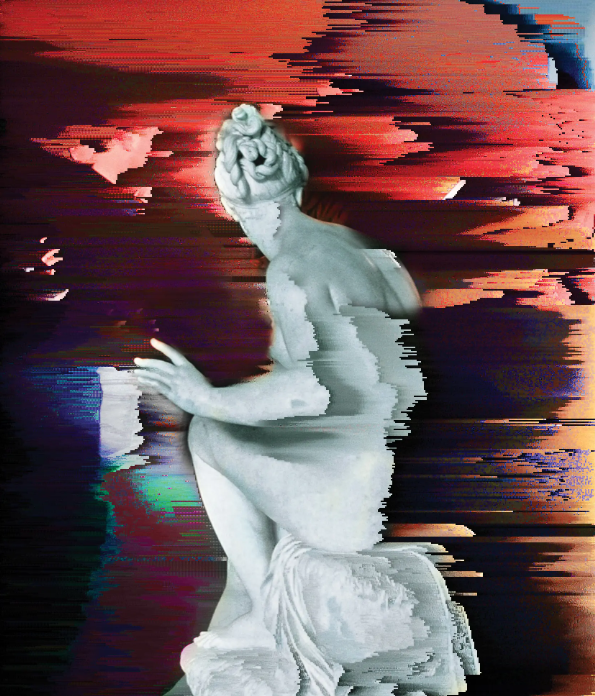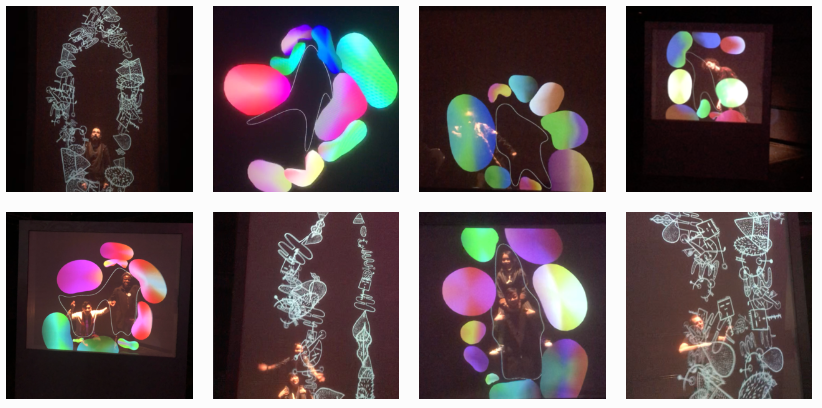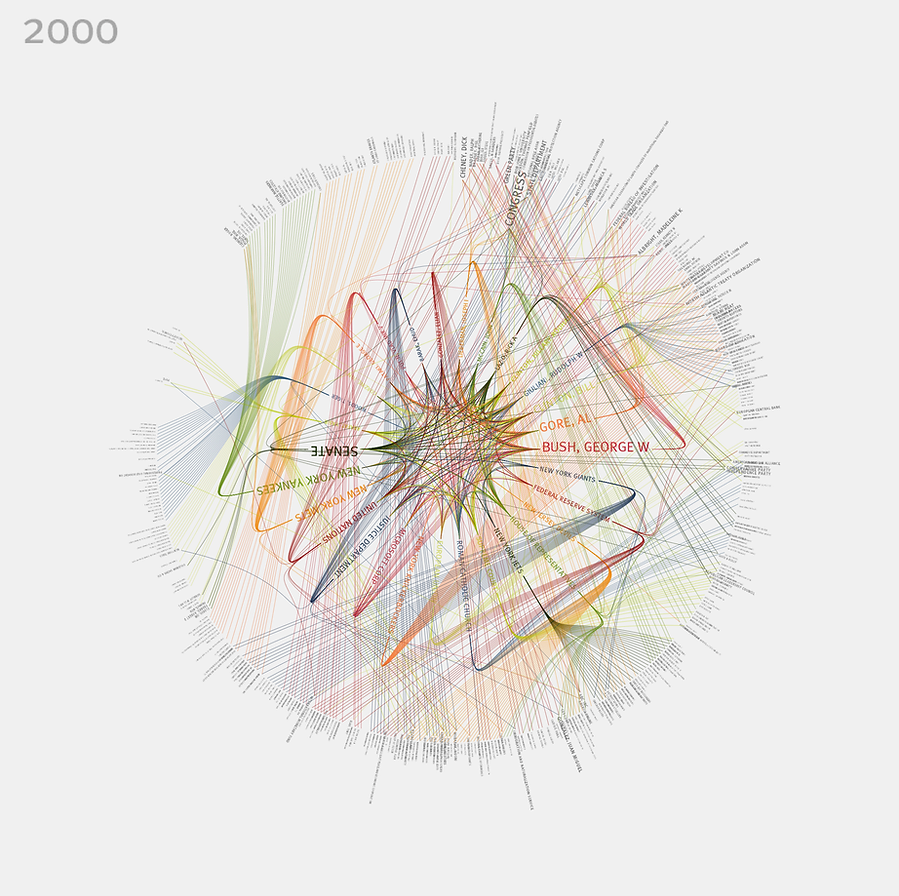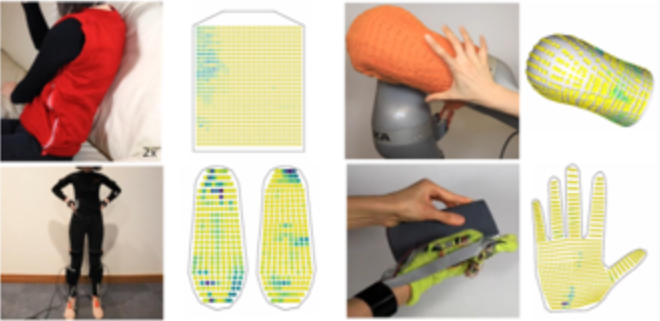The article I selected is “Finding Inspiration for Art in the Betrayal of Privacy” by Jenna Wortham in the New York Times. The article focuses on an exhibition in a gallery in Lower Manhattan put on by a Berlin group called the Tactical Technology Collective. The exhibition looked at the impact of technology and how it observes us on the daily through an artistic lens. One example that they used which I found interesting was how step and activity data may be used in the future to determine insurance costs. This would cause people to “hack” their devices in order to make it seem like they moved more in order to lower their insurance costs. They also experimented with a facial-recognition software called “Churchix” to create an immersive experiment for gallery goers. The way the Tactical Technology Collective subverted technology that we use day to day lives, causes us to rethink our own relationship with technology and the way we “buy into” our own surveillance on the daily.

![[OLD SEMESTER] 15-104 • Introduction to Computing for Creative Practice](https://courses.ideate.cmu.edu/15-104/f2022/wp-content/uploads/2023/09/stop-banner.png)


